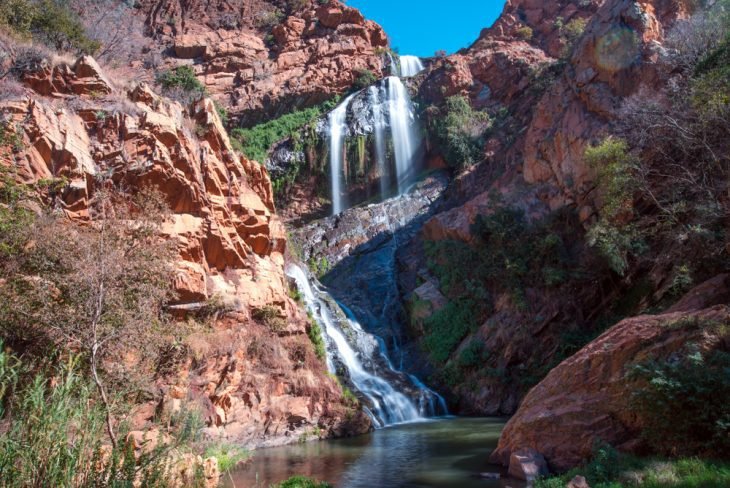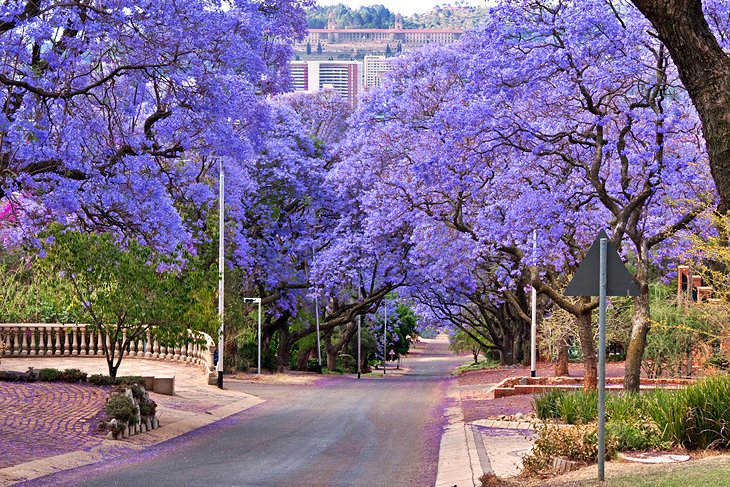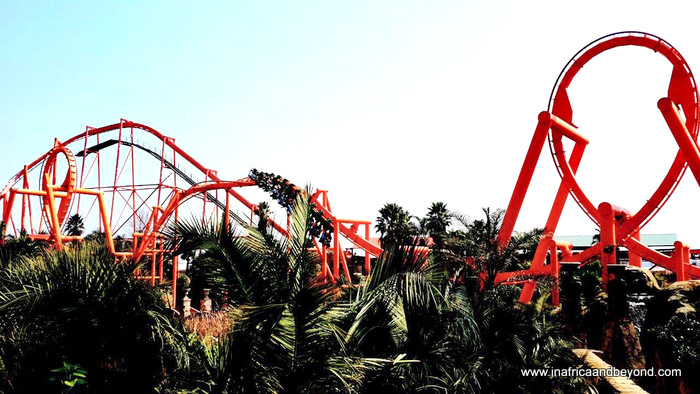Rumored Buzz on Johannesburg North Attractions
Rumored Buzz on Johannesburg North Attractions
Blog Article
The Only Guide to Johannesburg North Attractions
Table of ContentsJohannesburg North Attractions Fundamentals ExplainedThe Ultimate Guide To Johannesburg North AttractionsSome Known Questions About Johannesburg North Attractions.Some Known Facts About Johannesburg North Attractions.4 Easy Facts About Johannesburg North Attractions DescribedSome Known Details About Johannesburg North Attractions Not known Incorrect Statements About Johannesburg North Attractions
You ought to keep security in mind and vacationers must remain sharp at all times when in strange surroundings. Talk with the locals when you are in town to learn about the area you are remaining in. Johannesburg North attractions. When on the street (this does not use to buying malls and various other safe environments) best general advice is to attempt your ideal to look like a regional and to avoid presenting any kind of type of wide range
The Best Strategy To Use For Johannesburg North Attractions
Teacher Revil Mason O. J. (Thomson, 1946) checked out the Witwatersrand's pre-colonial background. His archaeological work took off the 'em pty land' misconception, according to which the region was empty of human habitation before the arrival of European settlers. In his publications Prehistory of the Transvaal: A Document of Human Activity (1962) and Origins of Black Individuals of Johannesburg and the Southern Western Central Transvaal Advertisement 3501880 (1986 ), Professor Mason demonstrated the level of social and economic development in the location prior to Europeans established foot below.

Johannesburg North Attractions Fundamentals Explained
In 1878, David Wardrop discovered gold in quartz blood vessels at Zwartkop, north of Krugersdorp. In 1881, Stephanus Minnaar came across gold on the farm Kromdraai, near the Cradle of Mankind.
In March 1886, a protrusion (quickly to be called the Main Reef) was found, rather fortunately, on Gerhardus Oosthuizen's ranch Langlaagte. Some say that the Lancastrian coal miner George Pedestrian discovered this reef. An additional travelling English miner, George Harrison (that had previously functioned in Australian mines) gotten a prospecting licence in respect of Langlaagte in May 1886.
He chose to relocate on in a pursuit for greener fields, and disposed of his Langlaagte claim for the princely sum of 10. Alas: beneath lay the richest goldfield ever located. The discovery of this rich auriferous reef prompted a gold rush that signalled the end of bucolic tranquillity in the southern Transvaal.
It would certainly, within 6 years, come to be the biggest community in southern Africa. Within a years, it would certainly make the Z. A. R. until then an anarchical and insolvent little state the wealthiest country in Africa. By the millenium, the Z. A. R. was to exceed Russia, Australia and the United States of America to come to be the globe's leading gold producer, producing more than a quarter of the globe's gold.
An Unbiased View of Johannesburg North Attractions
It was referred to as Ferreira's Camp, named after Colonel Ignatius Ferreira. He was a Boer adventurer upon whom the British authorities had presented the condition of Buddy of one of the most Differentiated Order of St Michael and St George (entitling him to the post-nominal letters C. M. G.) in appreciation for his duty in the battle that had deposed the Pedi king Sekhukhune in 1879.
2 other camps were developed: Meyer's Camp on the farm Doornfontein, and Paarl article Camp. The latter was nicknamed Afrikander Camp; lots of individuals from the Cape Nest resolved there.

Everything about Johannesburg North Attractions
This name acquired currency by word of mouth, such that the State Assistant verified the name to the Mining Commissioner on 9 October 1886. Stands look what i found in the village were auctioned on 8 December 1886. While some stands were offered for 10, others were knocked down for as low as sixpence.
Two years later on, these erven were to alter hands for as much as 750 each. The tented camps diminished as a dorp of corrugated iron buildings established and increased north of the mines situated along the Main Coral Reef Road. Locations such as Jeppe's Town (where working-class immigrants erected their dwellings) and Doornfontein (where the wealthy new 'Randlords' started to construct their luxurious residences) were quickly added to the ever-expanding map of the community.
All about Johannesburg North Attractions
Apart from the street names, there were no signs of Johannesburg being located in a Dutch-speaking country., virtually everyone spoke English and even the Federal government slaves dealt with one in English, unless they were very first attended to in the Taal (or Reduced Dutch)'.
Britain had an interest in making sure ideal conditions for gold production on the Witwatersrand, and that the gold was exported to London rather than Berlin a critical provided all the a lot more clamant by the Z. A. R.'s boosting toenadering with Germany. Mine owners were on a collision course with Head of state Kruger, whose policy of monopolistic concessions (often granted to his cronies) protected against mining firms from obtaining products of materials (especially dynamite) and work on have a peek at this website their very own, cheaper terms
The Facts About Johannesburg North Attractions Revealed
In 1890, the Volksraad had actually restricted the franchise business to white men who had actually lived in the Z. A. R. for fourteen years or longer, thus disqualifying the majority of the immigrants (that happened to be the major contributors to the fiscus). Frustration for the vote was a simple pretext for promoting a different program; a lot of uitlanders regarded themselves as short-term site visitors and had no intention of staying in the Z.
Report this page